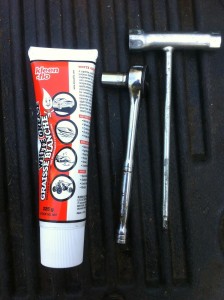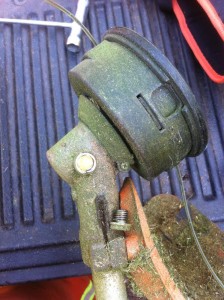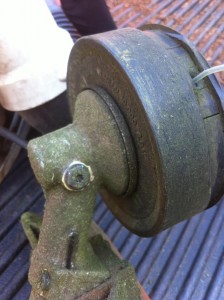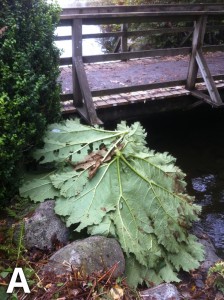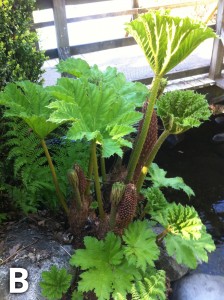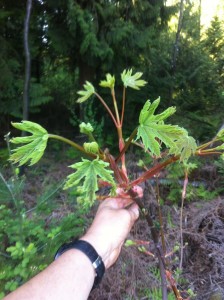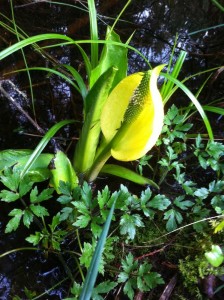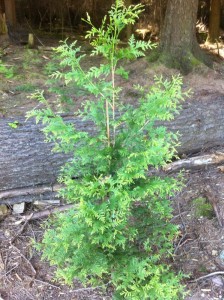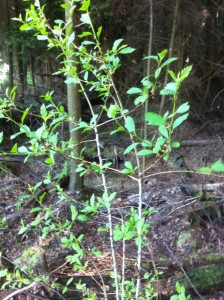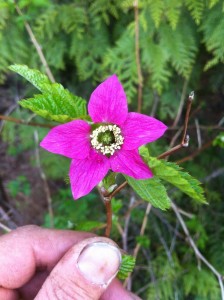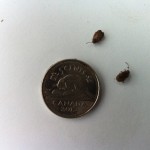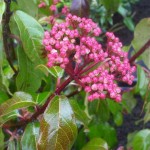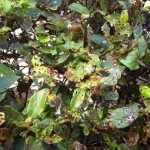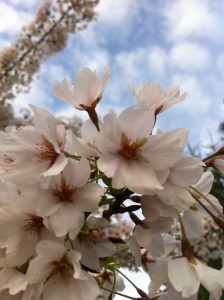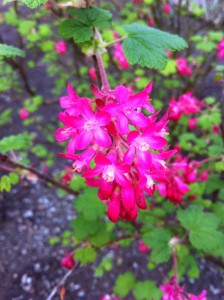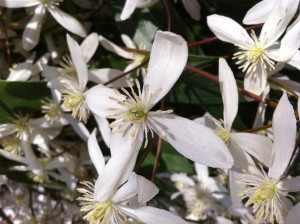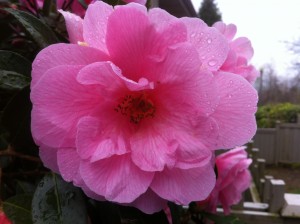If you are like me, you concentrate on production and let your line-edger do its magic. Most attention goes to the engine. Re-fuel with a Proper gas and oil mix,
check the fuel and air filters, and spark plugs.
But let’s not forget about the head down below. Let’s take my commercial Stihl machine as an example.
Use good Lithium grease and Proper tools
Carefully remove the bolt and note the gears.
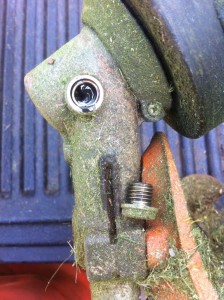
Pump in good Lithium lubricant and spin the head slowly as you do so
Re-check periodically, depending on how much you use your edger. A happy, well-maintained machine will allow you to provide good service all year!


